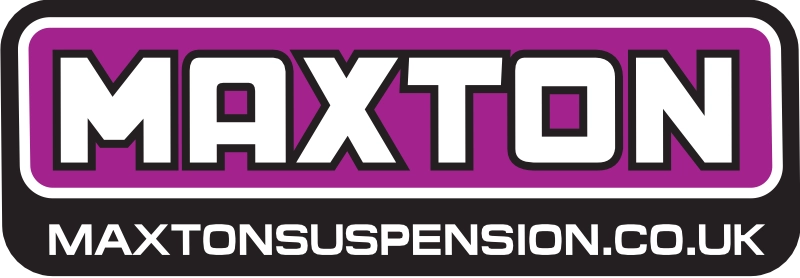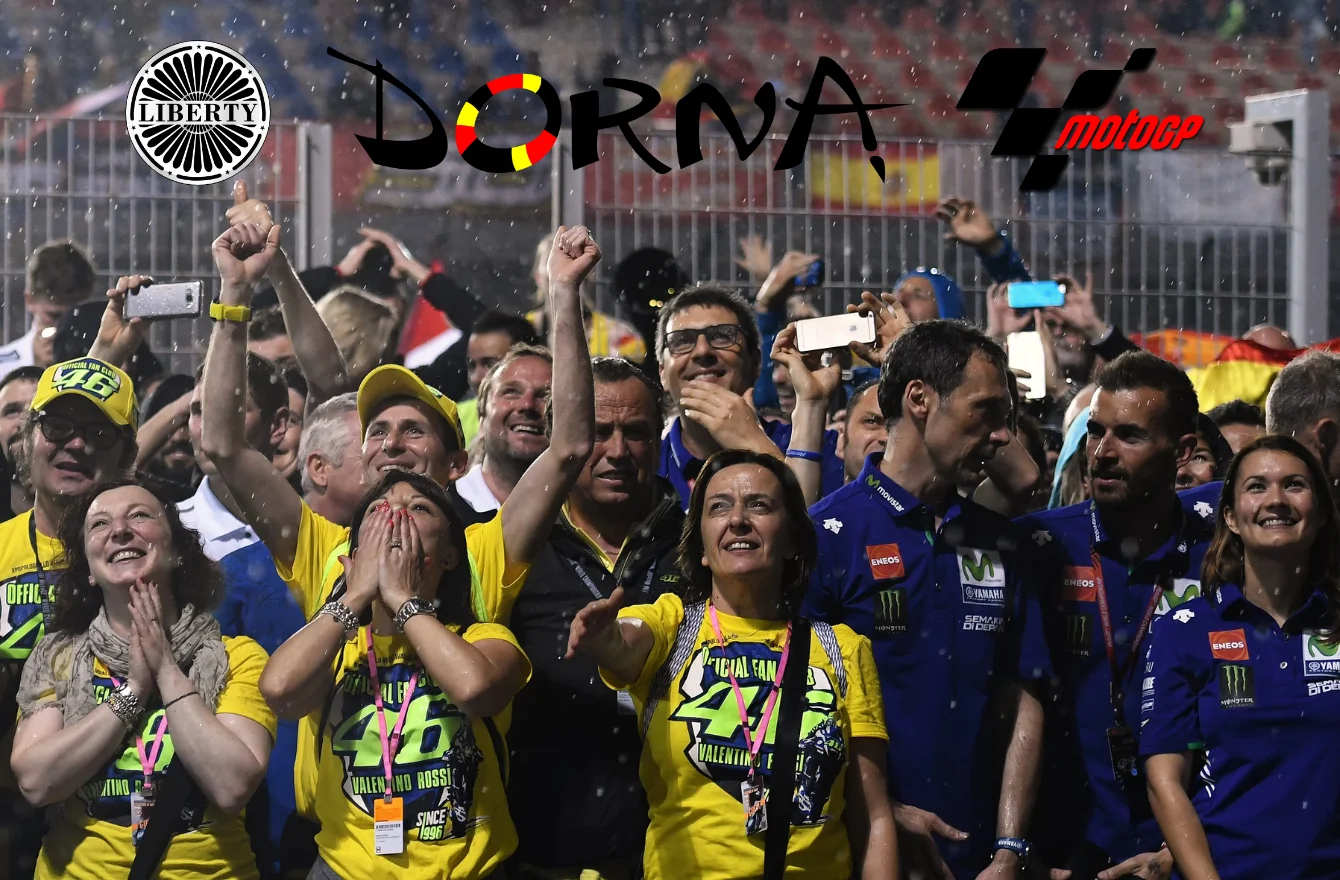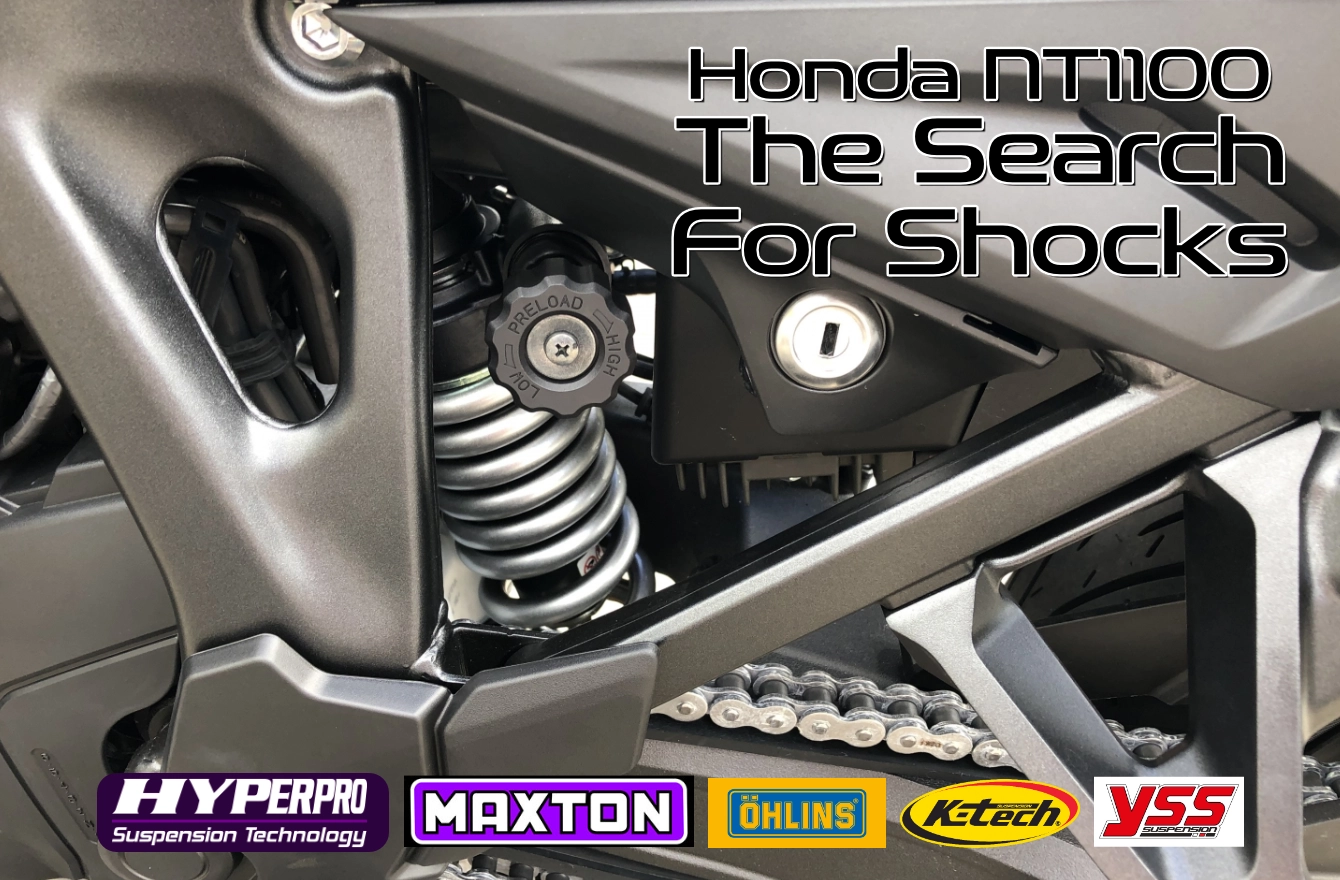With the interior lining of my NeoTec removed for cleaning, I noticed the date of manufacture was on the EPS lining. That “new” helmet I bought three years ago, was actually made in 2014.
Should manufacturers and retailers clearly state when a helmet was manufacturered, rather than tuck the information away on a label under the fabric lining? Sounds reasonable to me.
Since manufacture, I assume my Shoei NeoTec has been hanging around in a warehouse and then on a shelf in a stock room somewhere.
Fine, you might think, it has just been in a box, but here is my problem with this. Although no helmet manufacturer will go on the record and state the “life” of their helmet, there is an accepted guideline of about five years.
After that time, the EPS liner – that is the highly sophisticated polystyrene bit between the hard outer shell and the soft inner fabric liner – will have started to go hard.
EPS Liners – The Science Bit

EPS liners are incredible pieces of technology (No.11 in the diagram). They are lightweight and work across a wide range of temperatures. Hot sunny days of +30 degrees and stuck in a freezing 70 mph wind that was -2 degrees when you were standing still.
The EPS liner is there to reduce the amount of energy transferred to your head during an impact. This is achieved by the EPS “collapsing” during the impact. This slows and dispurses the force of the impact and protects your brain.
Once those expanded polystyrene beads have collapsed though, they don’t spring back into shape. The section of the EPS liner that took the impact has done its job. It is strictly a one-shot deal.
Helmet manufacturers “tune” their EPS liners by adjusting the density of the foam to give you the best protection. It is common to find EPS liners made of two or more differing densities of foam for maximum protection.
This wonderful material that keeps our brains inside our skulls is also resilient to most common chemicals, sweat, hair gel and all kinds of other things. Eventually though just getting old will reduce the effectiveness of the EPS liner.
Not As New As It Looked
As I mentioned back at the start, when I took the liner out of my Shoei to wash it, I noticed the manufacturing date was 2014. So as I write this my helmet is six years old, but I only bought it three years ago. No wonder it was discounted.
If my then “new helmet” had been stored correctly, then it is unlikely that the EPS liner would have been adversely affected. Age would be the only consideration.
Then again, if it has been stored in a container at the docks in a tropical country for several weeks and then sat in typical long term storage in the UK, I’m having trouble feeling comfortable about the real age of my Shoei.
Excuse Me, How Much?
It is absolutely impossible for me to put a price on safety. When the retail price of a helmet is £60 something has to have happened during the manufacturing process to achieve that price point.
The same feeling in reverse is true when I read the price tag for the Shoei NeoTec II. Most resellers have the helmet priced around £450 (at the time I write this). Whereas Shoei make excellent helmets am I getting extra protection for my money?
Compared to the £60 helmet? Hell yes. Compared to one of the other top-line brands? … Hmmm, let me think on that.
We know that Shoei, Arai, Bell, Schuberth etc all make fantastic helmets. The depth of their research and development is off the scale. All Arai shells, for example, are signed by the person who made it, and that level of commitment to quality doesn’t come cheap.

But cheap isn’t my question. I’m more interested in how Bell can make the exquisite SRT Modular and retail it for £250, when other manufacturers would like £450 and upwards for their helmet.
My question is “Am I buying extra protection?”
New Helmet Regulations.
It will be a while before we know the answer. The FIM is developing a multi-layered safety standard, starting with helmets used in racing. Eventually, these standards will filter down into the helmets we buy for street use, especially if we intend to go club racing or perhaps a track day.
Meanwhile, the safety standard required for helmets is pretty much the same as it was 30 years ago. Incidentally, that £60 helmet I mentioned earlier – it passed the current safety standards.
In the UK we also have The Sharp Helmet Safety Scheme, an independent testing body funded by the UK Government.
Sharp take helmets and run their own tests. According to how the helmet performs it gets a star rating. Sharp also tests the impact protection across the major surfaces of the helmet.
Sadly, Sharp testing isn’t compulsory and it appears to take time for helmets to go through the testing process. As I write this, the NeoTec II scored 4 stars; Schubert C4, three; and the Bell SRT Modular is yet to be tested, despite being available for over 18 months.
Nonetheless, and core to this article, Sharp has this to say about the age at which helmets should be replaced.
“This is difficult to answer as it depends greatly on the amount of use and storage. In the first instance, guidance from the manufacturer should be followed but in the absence of this information, riders should be looking to replace a helmet that has been subject to regular use after 3 to 5 years. We have consulted with our industry experts and they are in agreement that this is appropriate generic advice.” – Quoted from Sharp – The Helmet Safety Scheme
Undoubtedly, it is time to replace my aging Shoei, with a new helmet, and I do mean a new – not been on the shelf – helmet
Bell SRT Modular
 My first choice was the Bell SRT Modular, which hits the sweet spot for comfort, features and price. I have a Bell-shaped head and I’ve worn their helmets dating back to the Bell Star I owned in the 1980s.
My first choice was the Bell SRT Modular, which hits the sweet spot for comfort, features and price. I have a Bell-shaped head and I’ve worn their helmets dating back to the Bell Star I owned in the 1980s.
I still have a Bell M5X I use occasionally, which has a Sharp 5-star rating. Ironically, I bought the NeoTec to replace the M5X and when I check the manufacturing dates, the Bell was made in August 2015, almost a year after the Shoei.
Sadly though, for the SRT Modular, I needed the largest shell size to fit my bowling ball sized cranium. The largest outer shell is sized down to an XL internal fit, thanks to a lot of padding. The next size down uses the smaller shell but was just to tight.
If you are looking for a flip front (modular) helmet though, start with the Bell SRT. It is perhaps the best value for money out there. Full details on the SRT can be found on Bell Helmets’ website.
A hidden gem with Bell Helmets is that they have yearly colour schemes. With a bit of planning, you can spot which year each colour scheme comes from. Knowing this might stop you buying a three-year-old helmet that has been sat on a retailers shelf.
Schuberth C4 Basic
Moving up the price scale, next comes the Schubert C4 Basic, which was very comfortable and doesn’t come with the built-in speakers and microphone found in the Pro version. After all, with a Sena 50S to remove from my NeoTec, I have all the communication features I need, so why pay twice?

The choice of police forces around the world, Schubert must be doing something right. The Schuberth also benefits from an extra-wide “viewport” and is one of the quietest helmets on the market.
According to the Schubert sales blurb … “Thanks to optimised neck padding and noise reduction around the mechanical attachments, the C4 BASIC achieves approx. 85 dB(A) at 100 km/h on a naked motorcycle“.
But best to not get me started on why helmet testing doesn’t include a decibel rating for inside the helmet when in a 70mph wind.
Shoei NeoTec II
 Last, most expensive and disappointingly uncomfortable was the NeoTec II. I’m not sure I understand what Shoei have done to improve the NeoTec II, but for me, they have gone in the wrong direction. The “improvements” over the NeoTec model I’m replacing have driven the price of the NeoTec II skywards and it has lost that amazing level of comfort.
Last, most expensive and disappointingly uncomfortable was the NeoTec II. I’m not sure I understand what Shoei have done to improve the NeoTec II, but for me, they have gone in the wrong direction. The “improvements” over the NeoTec model I’m replacing have driven the price of the NeoTec II skywards and it has lost that amazing level of comfort.
Parting With The Cold Hard Cash
And so, sitting on the shelf next to me is my new helmet – a Schubert C4 Basic – into which I will install the Sena 50S. My paranoia over getting caught out on the age of my previous “new” helmet can subside and what passes for normality can return.
My thanks to SportsBikeShop for allowing me (or you!) to try on several helmets in these Covid-19 times. They have gone the extra mile to make it possible. And thanks to RaceFX for the insight into the world of helmet distribution.
And yes, this time I made a point of checking the labels for the date of manufacturer – January 2020. Excellent.




















